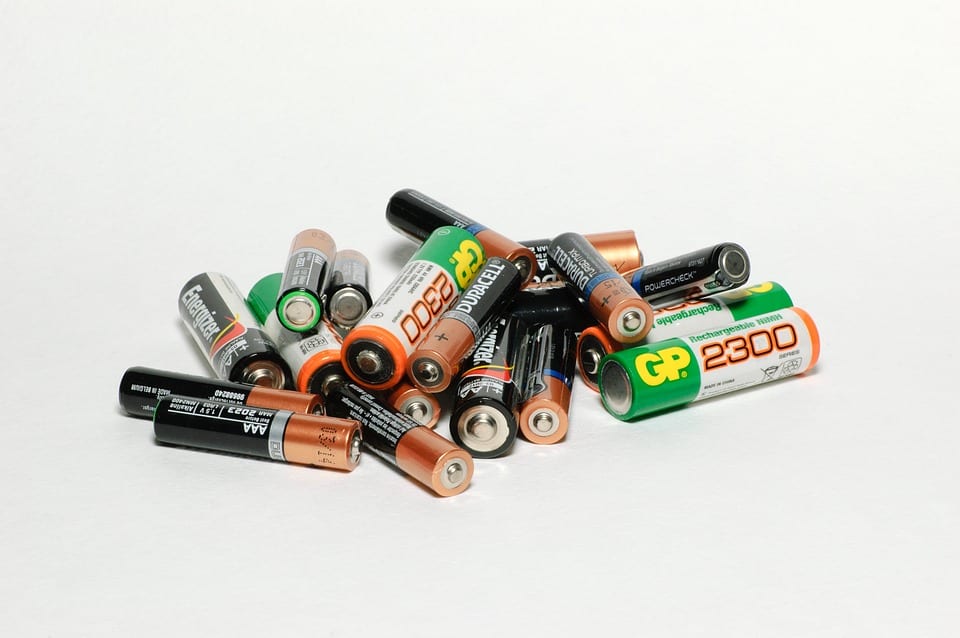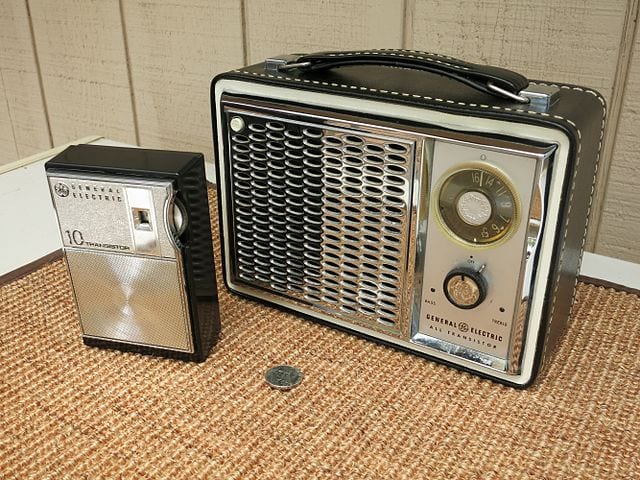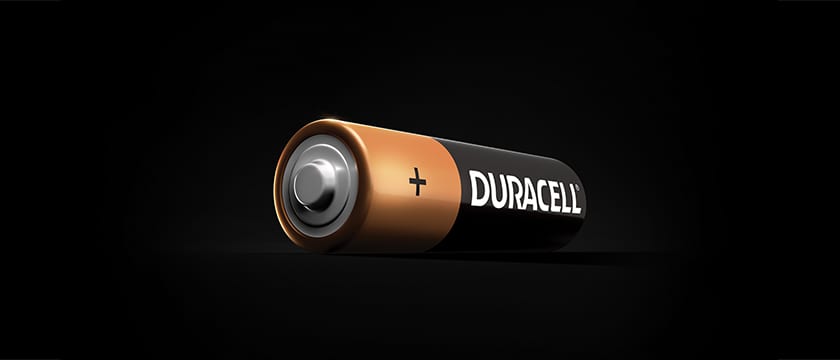You know you’ve wondered about this before. We all have. It’s one of life’s trivial mysteries that you think about for a split second and then forget and go on with your day. The question is, why aren’t there B batteries?

Photo Credit: pxhere
As you are probably aware of, you can choose from AA, AAA, C, and D batteries – but not B. Hmmmmm. A bit odd, isn’t it? Well, the answer is that B batteries used to exist, but have more or less disappeared, especially in the U.S.

Photo Credit: Pixabay
During the World War I era, battery manufacturers, the War Industry Board, and some government agencies decided to develop nationally uniform specifications for batteries (sounds like a hoot). In 1924, business and government groups met again to establish a naming system for the different batteries that had been standardized a few years earlier.

Photo Credit: Flickr, Joe Haupt
They decided to use the alphabet for the system, and the smallest-cell batteries were called “A,” and the list went from there: the larger the size, the next number in the alphabet, B, C, and D. As the years passed and battery technology changed, new battery sizes were assigned names. Newly developed smaller batteries were designated AA and AAA. These new, smaller batteries were perfect for consumer electronics products, and they flourished. C and D batteries also found a foothold in larger applications.

Photo Credit: Wikimedia Commons
But the poor B battery, like the mid-sized A, didn’t have a market and pretty much disappeared in the U.S. Although they’re hard to find, A and B batteries are still out there if you look far and wide. B batteries are still used occasionally in Europe for lanterns and bicycle lamps, but Energizer says demand is declining there as well, so the B battery might be relegated to the dustbin of history sooner rather than later.

Photo Credit: Pixabay
h/t: Mental Floss






